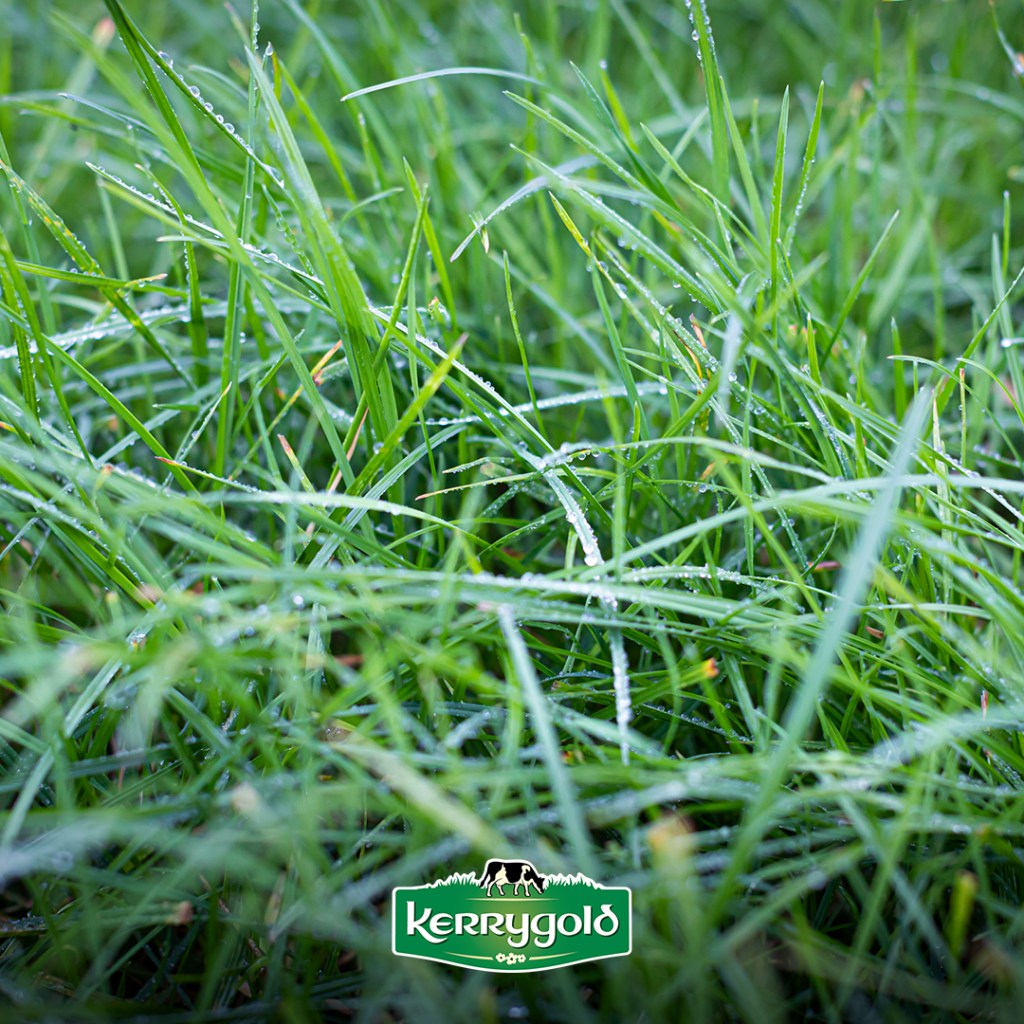Grass-Fed vs Grain-Fed: Why Grass-Fed is Better

If you have ever wondered what the difference between grass-fed cows and grain-fed cows is and how this influences the butter you eat, then today is your lucky day because we are going to unravel this argument to get you your much-deserved answer.
With the world becoming more health-conscious and wary of what we put into our bodies, more and more consumers are opting for grass-fed butter for its better taste and additional health benefits.
Ireland’s positioning along the edge of the Atlantic Ocean affords a temperate climate with regular rainfall allowing the perfect weather for growing grass. This abundance of lush grass provides the perfect diet for Irish cows which is why Irish cows graze outdoors on grass for longer than almost any country in the world.
On the surface, the primary difference between grass-fed butter and regular butter boils down to whether the cows used to produce the better were allowed to graze freely on grass or were on a grain diet.
But there is much more to uncover!
Let’s take a look at some reasons why grass-fed is better:
1. Grass-Fed Butter is More Vibrant
When compared the butter produced by grass-fed cows has proven to taste more flavourful and has a more vibrant colour and appearance. And this is not just a matter of a single opinion; it is the opinion of numerous consumer ratings gathered by the Journal of Dairy Science in 2016.
In fact, Kerrygold butter receives its naturally golden colour due to the higher levels of beta carotene in the grass. Consumer feedback reports that grass-fed butter is richer and more ‘intensely butter flavoured than regular butter brands.
2. Grass-Fed Butter is More Nutritious
While traditional butter is high in calories, fat and Vitamin A grass-fed butter has proven to be more nutritious.
Butter made from grass-fed cows contains healthy unsaturated fatty acids like omega-3 fats with one study showing that grass-fed butter contained, on average, 26% more omega-3 fatty acids. Omega-3 fats are thought to have anti-inflammatory properties which can be linked to a wide variety of health benefits.
According to research, grass-fed butter contains up to 500% more conjugated linoleic acid (CLA) than butter made with regular dairy from grain-fed cows.
3. Grass-Fed Butter is High in Vitamin K2
In addition to the above mentioned, grass-fed butter is also believed to be richer in Vitamin K2 which is important for artery health and bone health and plays an important role in regulating the body’s calcium levels.
Vitamin K2 does not only signal the bones to absorb more calcium, it also helps to remove excess calcium from the bloodstream to prevent plaque buildup in the blood vessels.
4. Grass-Fed Butter is Beta Carotene Rich
Butter is staple to a healthy lifestyle because it is high in beta carotene. Beta carotene is essential for converting vitamin A into our bodies. According to conducted studies, grass-fed butter has proven to be higher in beta carotene than regular butter.
The study revealed that the milk from grass-fed cows had the highest amount of beta carotene while the cows of grain-fed diets showed lower amounts. Beta carotene is an important antioxidant for the body and helps to defend cells from free radical damage.
5. Grass-Fed Butter is High in Vitamin A
Grass-fed butter is an excellent source of Vitamin A and, because our bodies cannot produce Vitamin A, we must get it from our diets. In fact, each tablespoon of grass-fed butter contains approximately 10% of the required daily intake of Vitamin A.
Vitamin A is essential for healthy bones, skin, teeth and vision.
***
In conclusion, if you want to eat butter then choose grass-fed.
Not only does grass-fed butter look and taste better, but it also carries numerous nutritional benefits which otherwise would be missed out on. And, while we are admittedly biased, we are not the only ones recommending Kerrygold butter.
We would love to hear your thoughts and opinions.
Be sure to follow us on Facebook, Twitter or Instagram for updates, information and delicious Kerrygold-infused cooking and baking ideas.